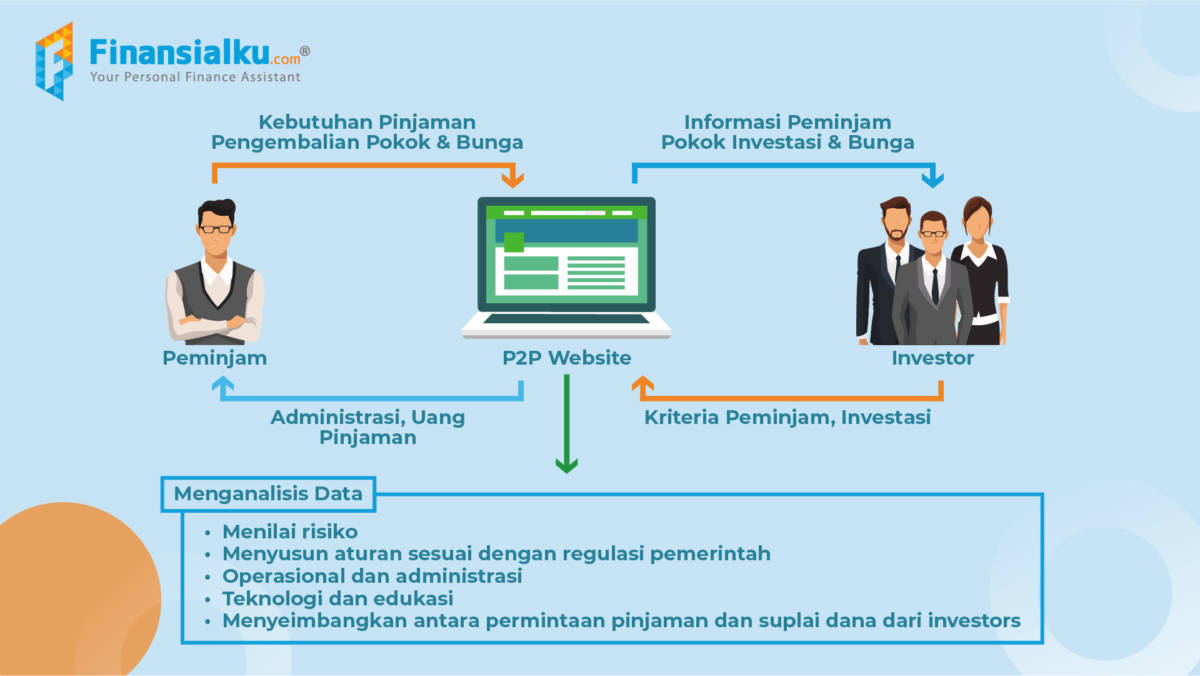
Peer-to-Peer Lending: Empowering Borrowers and Investors
Venturing into the financial landscape, peer-to-peer lending has emerged as a transformative force, reshaping how individuals and businesses access funding and how investors deploy their capital.
The P2P Revolution
Peer-to-peer lending, often abbreviated as P2P lending, signifies a departure from traditional banking channels. This model connects borrowers directly with individual investors through online platforms, cutting out the intermediary – the traditional financial institution. This direct connection creates a more efficient and streamlined lending process.
Empowering Borrowers
One of the key advantages of P2P lending is its ability to empower borrowers. Individuals and small businesses, often overlooked or faced with stringent criteria by traditional banks, find a lifeline in P2P lending platforms. These platforms offer accessible avenues for securing loans with competitive terms, fostering financial inclusivity.
Diverse Borrowing Options
P2P lending platforms provide borrowers with a range of borrowing options. Whether seeking a personal loan, funding for a business venture, or assistance with debt consolidation, borrowers can find a variety of loan products tailored to their specific needs. This diversity allows for a more personalized borrowing experience.
Investor Opportunities
On the flip side, P2P lending opens up new investment opportunities for individuals looking to deploy their capital beyond traditional investment channels. Investors can diversify their portfolios by participating in loans to individuals or small businesses, earning returns through interest payments.
Risk and Reward Dynamics
Like any investment, P2P lending involves risk and reward dynamics. Investors should carefully evaluate borrower profiles, loan terms, and associated risks before committing capital. However, the potential for attractive returns often attracts investors seeking to diversify their investment portfolios and explore alternative assets.
Technology Driving Efficiency
The efficiency of P2P lending is significantly enhanced by technology. Online platforms utilize advanced algorithms for credit scoring, risk assessment, and loan matching. This technology-driven approach expedites the lending process, reducing turnaround times and providing borrowers with quicker access to funds.
Regulatory Landscape
While P2P lending brings innovation to the financial sector, it also operates within a regulatory framework. Regulatory oversight varies by jurisdiction, and P2P lending platforms must comply with local financial regulations to ensure transparency, protect investors, and maintain the integrity of the lending ecosystem.
Transparency and Information Sharing
Transparency is a cornerstone of P2P lending. Borrowers and investors have access to comprehensive information about the lending process, fees, and terms. This transparency fosters trust between the parties involved and contributes to the overall success of the P2P lending model.
Social Impact
Beyond its financial implications, P2P lending can have a social impact. By facilitating direct connections between borrowers and investors, P2P lending platforms contribute to a sense of community and shared financial goals. This social aspect adds a human touch to the lending process.
Exploring P2P Lending Possibilities
Curious to explore how peer-to-peer lending can empower your financial journey, whether as a borrower seeking funds or an investor looking for alternative avenues? Dive into the possibilities at Peer-to-peer lending. Discover firsthand the transformative power of connecting borrowers with investors, reshaping the way individuals and businesses access and deploy capital.




